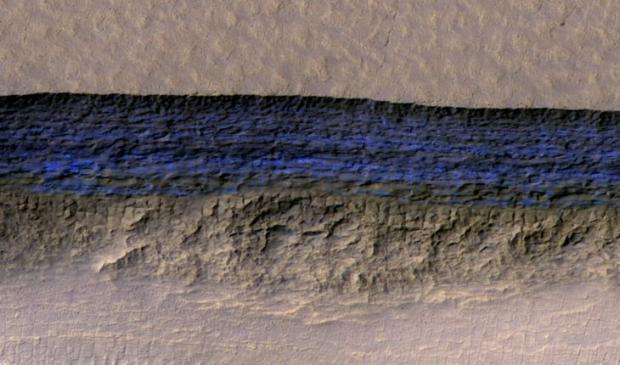
Breaking News
 Special Christmas Eve War Room! FBI Finds Millions More Epstein Docs, PLUS…Updates on Trump's...
Special Christmas Eve War Room! FBI Finds Millions More Epstein Docs, PLUS…Updates on Trump's...
 The U.S. Government Is Not the Daddy of U.S. Oil Companies
The U.S. Government Is Not the Daddy of U.S. Oil Companies
 Aussie Leaders Crush Online Free Speech To Prop Up Failing Multiculturalism
Aussie Leaders Crush Online Free Speech To Prop Up Failing Multiculturalism
 Cocaine Dogs & 'Safe Space Ambassadors': Rand Paul Airs The Festivus (Budget) Grievances
Cocaine Dogs & 'Safe Space Ambassadors': Rand Paul Airs The Festivus (Budget) Grievances
Top Tech News
 Travel gadget promises to dry and iron your clothes – totally hands-free
Travel gadget promises to dry and iron your clothes – totally hands-free
 Perfect Aircrete, Kitchen Ingredients.
Perfect Aircrete, Kitchen Ingredients.
 Futuristic pixel-raising display lets you feel what's onscreen
Futuristic pixel-raising display lets you feel what's onscreen
 Cutting-Edge Facility Generates Pure Water and Hydrogen Fuel from Seawater for Mere Pennies
Cutting-Edge Facility Generates Pure Water and Hydrogen Fuel from Seawater for Mere Pennies
 This tiny dev board is packed with features for ambitious makers
This tiny dev board is packed with features for ambitious makers
 Scientists Discover Gel to Regrow Tooth Enamel
Scientists Discover Gel to Regrow Tooth Enamel
 Vitamin C and Dandelion Root Killing Cancer Cells -- as Former CDC Director Calls for COVID-19...
Vitamin C and Dandelion Root Killing Cancer Cells -- as Former CDC Director Calls for COVID-19...
 Galactic Brain: US firm plans space-based data centers, power grid to challenge China
Galactic Brain: US firm plans space-based data centers, power grid to challenge China
 A microbial cleanup for glyphosate just earned a patent. Here's why that matters
A microbial cleanup for glyphosate just earned a patent. Here's why that matters
 Japan Breaks Internet Speed Record with 5 Million Times Faster Data Transfer
Japan Breaks Internet Speed Record with 5 Million Times Faster Data Transfer
100 meter thick ice is under only 1-2 meters of dirt in some parts of Mars

Above – A cross-section of underground ice is exposed at the steep slope that appears bright blue in this enhanced-color view from the HiRISE camera on NASA's Mars Reconnaissance Orbiter. The scene is about 550 yards wide. The scarp drops about 140 yards from the level ground in the upper third of the image. Image Credit: NASA/JPL-Caltech/UA/USGS
These eight scarps, with slopes as steep as 55 degrees, reveal new information about the internal layered structure of previously detected underground ice sheets in Mars' middle latitudes.
The ice was likely deposited as snow long ago. The deposits are exposed in cross section as relatively pure water ice, capped by a layer one to two yards (or meters) thick of ice-cemented rock and dust. They hold clues about Mars' climate history. They also may make frozen water more accessible than previously thought to future robotic or human exploration missions.



